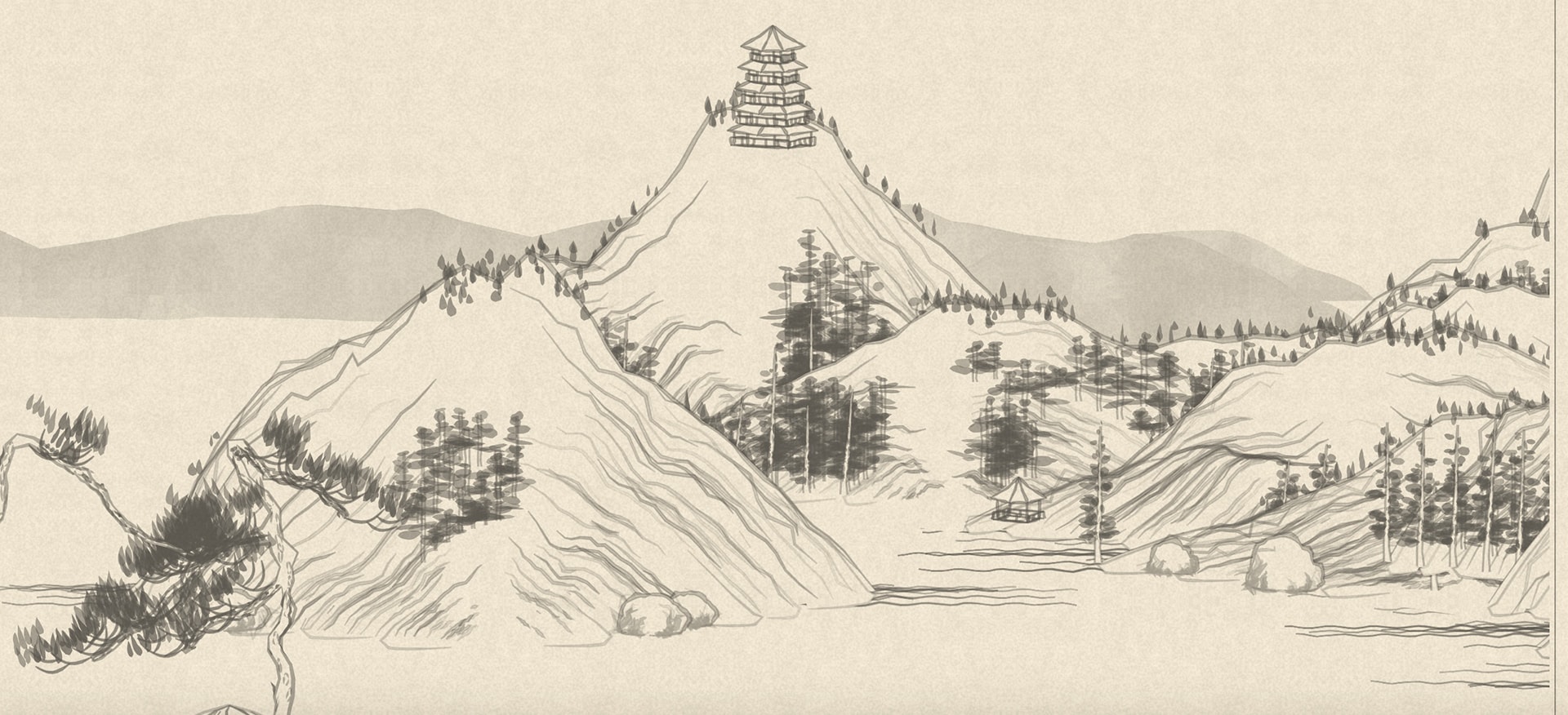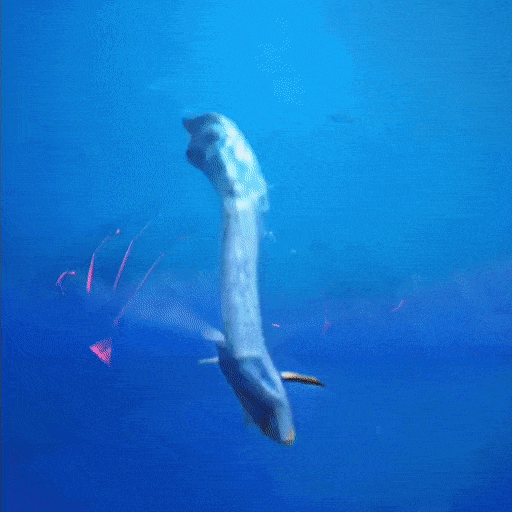Artistic Intelligence: CMU Leads a New Renaissance
By Scottie Barsotti
Media Inquiries- Heinz College of Information Systems and Public Policy
- 412-268-5930
Artificial Intelligence has entered the art space. AI has been used to create paintings, music, literature and poetry to name a few disciplines. The use of algorithms in the creation of artwork raises tricky questions in the art world, possibly creating new gray areas in ownership and intellectual property.
"The person who creates an algorithm owns the algorithm. If the algorithm is critical to the creation of the art — and the artist is a separate person — there's shared ownership that needs to be figured out," said Brett Ashley Crawford, professor of arts management at the Heinz College of Information Systems and Public Policy and director of the Arts Management and Technology Laboratory (AMT Lab) at Carnegie Mellon University.
Crawford said that in visual art, ownership is typically transferred upon sale, whereas in music and performing arts there's often a licensing agreement or a transfer of rights rather than ownership. If an algorithm is used to create music, and then that music is streamed on Spotify, the resulting payment structures may be quite complex. Similarly, if the images, music, or data used to train an algorithm is not fully in the public domain or open source, that could complicate things even further.

Screenshot from an infinite procedurally generated Chinese landscape painting, {Shan, Shui}*, by Lingdong Huang (CFA '19)
"We're still in the first generation of artists working in these spaces," Crawford said. "In many cases people are learning as they go to market. Sometimes, they're learning the hard way because ownership hasn't been properly determined. There aren't best practices or public policies yet."
But as technology continues to progress, machines will play a greater collaborative role with artists, just as they will with so many other professionals. We can expect to see more and more art generated by AI as well as artists using AI as a tool. At CMU, AI influences artistic processes and arts management education.
"AI-powered art is permeating across the university," said Kathryn Heidemann, assistant dean of Heinz College and the College of Fine Arts, and head of the Master of Arts Management (MAM) program. "We're expanding our coursework in this space, and we've got some exciting partnerships on the horizon."
New York Live Arts is partnering with CMU and the MAM program on this year's Live Ideas festival, the theme of which is "AI: Are You Brave Enough for The Brave New World?" Heidemann quickly rattles off a host of other initiatives at CMU, including gallery shows, symposia, "Art and Machine Learning" classes, and multiple cross-disciplinary collaborations.
 XOROMANCY, a recent installation by Carnegie Mellon University students Gray Crawford, who graduated in 2017 and is a graduate student in the School of Design, and and Aman Tiwari, a senior in the School of Art, explores the near-infinite space of pseudo-real images. The artists trained a neural network on millions of photographs, which would then generate images based on input from observers.
XOROMANCY, a recent installation by Carnegie Mellon University students Gray Crawford, who graduated in 2017 and is a graduate student in the School of Design, and and Aman Tiwari, a senior in the School of Art, explores the near-infinite space of pseudo-real images. The artists trained a neural network on millions of photographs, which would then generate images based on input from observers.
Carnegie Mellon students, faculty and alumni already have an impressive track record exploring the edges of arts, design and technology, establishing CMU as a leader in this space.
A technological future for artists and arts managers alike
When we talk about robots replacing or disrupting the human workforce across industries, we usually temper it with the assurance that some skills are fundamentally human and not automatable. Economists suggest that future jobs will require more empathy and creativity from humans, as these are not qualities easily replicated by machines.
Is that true for art and artists, though? Crawford said the truth is more complicated than that.
"Many artists are going to have to either work with coders or learn to code," she said, adding that art schools will need to follow suit by breaking down departmental siloes and becoming more multidisciplinary. "For arts managers, these developments actually provide job security. The relationship between artwork and the audience can't be automated. Connecting the art to the audience still requires human beings, and that's what we do in the MAM program."
Daniel Fonner, who graduated with a master's of arts management degree in 2016, uses deep learning to recreate paintings stolen, lost or destroyed by fascist regimes.
Heidemann said the broader arts community is starting to pay attention to how AI can be used as a tool for audience engagement, audience development and patron management.
"MAM students are taught to feel comfortable and confident with analytics and technology, including AI tools. They don't have to be techies to use these things," Heidemann said. "Our curriculum addresses technological disruption across multidisciplinary arts. Rather than breaking out visual arts and performing arts as separate, we bring those sides together and look at how technology is changing things and creating opportunities across disciplines."
Crawford added that there is a general misconception among arts organizations that AI and technological tools are prohibitively expensive or would require a staff of IT specialists to understand and implement.
"There are many AI opportunities that are low-hanging fruit for arts organizations. Our graduates can walk in and amaze people with what they can do," Crawford said.
Crawford said her students learn to use a new technology in every class, from project management tools and open source GIS tools to creating a chatbot.
"You have to plan for the future. Is AI here to stay? Absolutely. Part of effective training for arts managers now is to understand where you have an appropriate use for AI [or any technology]," Crawford said.
"That's why technological knowledge is not siloed into a single class or set of classes here. It's spread across our entire curriculum."